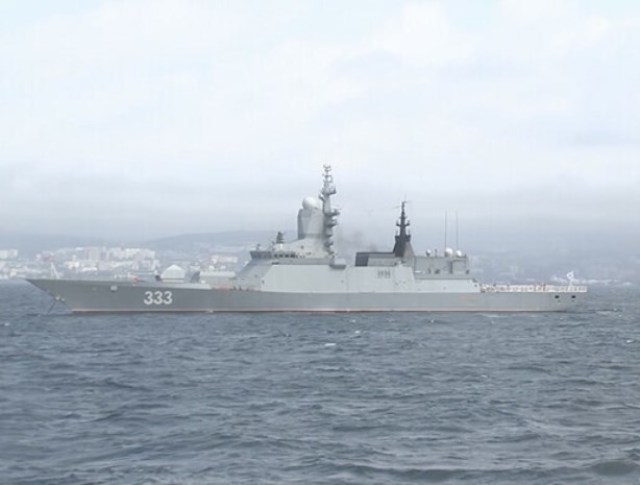Russia wants to replace the search and reconnaissance helicopters on its ships with longer-range unmanned aerial vehicles.
This week, such a statement was made by the Russian Foundation for Advanced Research (which is an analogue of the Office of Advanced Research and Development of the US Department of Defense).
The new concept provides for the launch of drones from ship-based drones, Inosmi quotes the American publication Popular Science.
Theoretically, the process begins with a cyclocopter, as an unmanned aerial vehicle is called without a propeller and traditional wings. The cyclocopter serves as a carrier platform for a reconnaissance drone with wings that lifts it into the air. The cyclocopter flies forward, and the winged drone takes off from it as from an airfield. The landing is carried out in the reverse order: the drone lands on a moving platform, and it returns to the ship.
This technological matryoshka uses a new type of drones adapted to the small size of the ship. Not all ships have space for aircraft, and even if there is one, only special aircraft carriers can accommodate more than two helicopter pads. The new concept is designed to solve this problem of limited space, where, at best, small vertical take-off and landing aircraft can be placed.
As for cyclocopters (cyclocopters), these strange devices appeared at the dawn of aviation. Instead of fixed wings on both sides of the body or a large rotor above the center of gravity of the device, at least two propellers with blades forming the shape of a cylinder are used in the cyclocopter.
They rotate, creating lift and thrust. In their appearance, they resemble the paddle wheel of a steamer, where air is used instead of water. When used on a ship, the cyclocopter is especially interesting because it can be used as a landing pad and a runway-but in the sky.



